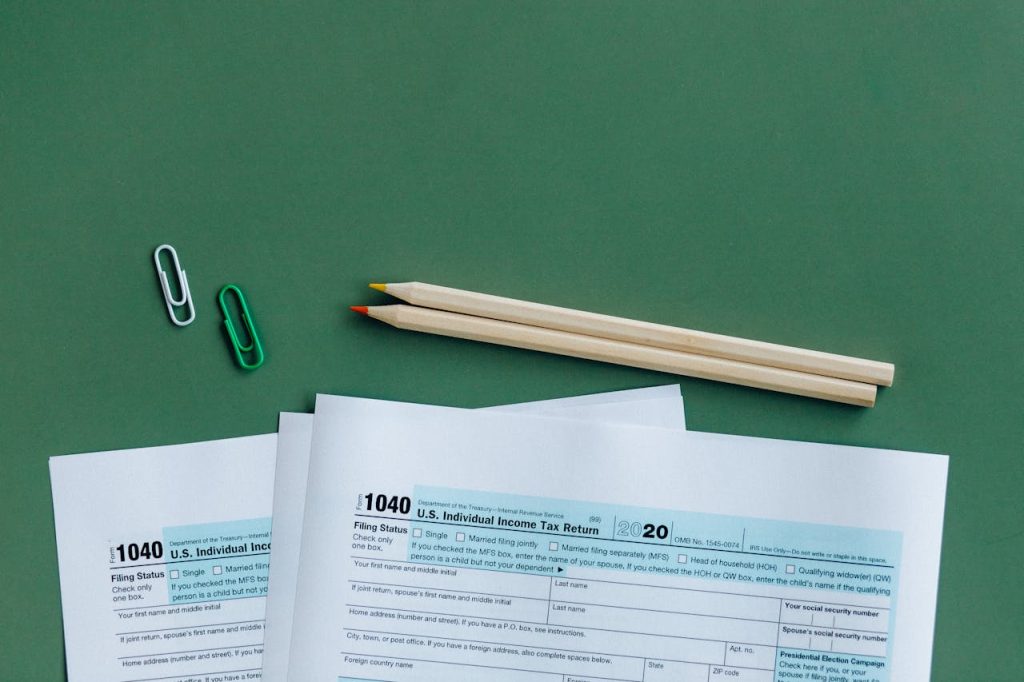
Tax season can feel overwhelming, especially when you realize how many tax rules are tucked away in the fine print. Many households miss out on savings or end up paying more than they should because they don’t know about certain lesser-known tax rules. These overlooked details can quietly drain your wallet year after year. Understanding them is key to keeping more of your hard-earned money. Let’s break down 10 of the most important lesser-known tax rules that cost households big money—and what you can do about them.
1. The Kiddie Tax on Unearned Income
Think your child’s investment gains are taxed at their lower rate? Not always. The “kiddie tax” applies when children under 19 (or under 24 if full-time students) have unearned income above a set threshold. That income can be taxed at your higher rate, not theirs. Many parents are surprised when their kids’ summer dividends push them into a higher tax bracket. To avoid an unexpected bill, monitor all investment accounts in your child’s name.
2. Limits on State and Local Tax Deductions (SALT Cap)
The IRS limits the deduction for state and local taxes to $10,000 per year ($5,000 if married filing separately). If you live in a high-tax state, this rule can raise your federal tax bill by thousands. Households with high property taxes are especially affected. Consider this cap when budgeting for homeownership or evaluating your overall tax strategy.
3. Mortgage Interest Deduction Changes
Many homeowners count on the mortgage interest deduction, but recent changes mean only interest on up to $750,000 of mortgage debt is deductible for loans taken after December 15, 2017. If you bought a home before that date, you may qualify under the old $1 million limit. Refinancing or moving could impact your eligibility, so check the details before making big decisions.
4. The Alternative Minimum Tax (AMT)
The Alternative Minimum Tax was designed to prevent wealthy taxpayers from avoiding taxes, but it can affect upper-middle-class households, too. Certain deductions like state taxes and miscellaneous expenses are not allowed under AMT, which can lead to a higher tax bill than expected. If you regularly exercise incentive stock options or claim a large number of deductions, check whether you may be subject to the AMT. This is one of those lesser-known tax rules that cost households big money without warning.
5. Taxation of Social Security Benefits
Many retirees are surprised to learn that up to 85% of their Social Security benefits may be taxable, depending on their total income. If you have other sources of income—like pensions, part-time work, or withdrawals from retirement accounts—those can push you over the threshold. Planning withdrawals carefully can help reduce the tax hit on your benefits.
6. Penalties for Early Retirement Account Withdrawals
Need to tap your IRA or 401(k) before age 59½? Unless you qualify for a specific exception, you’ll pay a 10% penalty on top of regular income tax. Some exceptions exist, like for first-time homebuyers or certain medical expenses, but the rules are strict. Failing to plan withdrawals properly is one of those lesser-known tax rules that cost households big money, especially during emergencies.
7. The “Wash Sale” Rule for Capital Losses
If you sell a security at a loss and buy it back within 30 days, the IRS disallows the loss for tax purposes. This is called the “wash sale” rule. Many investors accidentally trigger this rule when trying to harvest tax losses. To avoid losing out on valuable deductions, wait the full 30 days before repurchasing the same or substantially identical investment.
8. Taxation of Health Savings Account (HSA) Withdrawals
HSAs provide excellent tax benefits, but only if you use withdrawals for qualified medical expenses. Non-qualified withdrawals before age 65 are subject to income tax and a 20% penalty. After age 65, you can withdraw for any reason without a penalty, but non-medical withdrawals are still taxed as income. Keep good records and save receipts to avoid costly mistakes.
9. Missed Education Credits
Education credits like the American Opportunity Tax Credit and Lifetime Learning Credit can shave thousands off your tax bill. But many households miss out by not claiming expenses or misunderstanding eligibility. For example, you can’t double-dip by claiming both credits for the same student.
10. Dependent Care FSA Forfeitures
If you contribute to a Dependent Care Flexible Spending Account, unused funds generally don’t roll over. If you don’t use the money by the deadline, you lose it. Many families overestimate their dependent care expenses, leaving hundreds or thousands on the table. Plan contributions carefully and track expenses throughout the year to maximize these tax benefits.
How to Avoid These Costly Tax Surprises
Staying informed about lesser-known tax rules that cost households big money can make a huge difference in your annual tax bill. Small missteps add up fast, while a little research and planning can keep more money in your pocket. Tax laws change often, so it’s wise to review your situation every year and consult trusted resources like the IRS website or a qualified tax professional.
What confusing tax rules have caught you off guard? Share your experiences or questions in the comments below!
What to Read Next…
- 7 Tax Breaks That Sound Generous But Cost You Later
- 6 Tax Breaks That Vanished Before Anyone Noticed
- 5 Ways Missing One Tax Form Can Cost Your Heirs Thousands
- 6 Tax Moves That Backfire After You Sell A Property
- What Tax Preparers Aren’t Warning Pre Retirees About In 2025
The post 10 Lesser-Known Tax Rules That Cost Households Big Money appeared first on The Free Financial Advisor.







